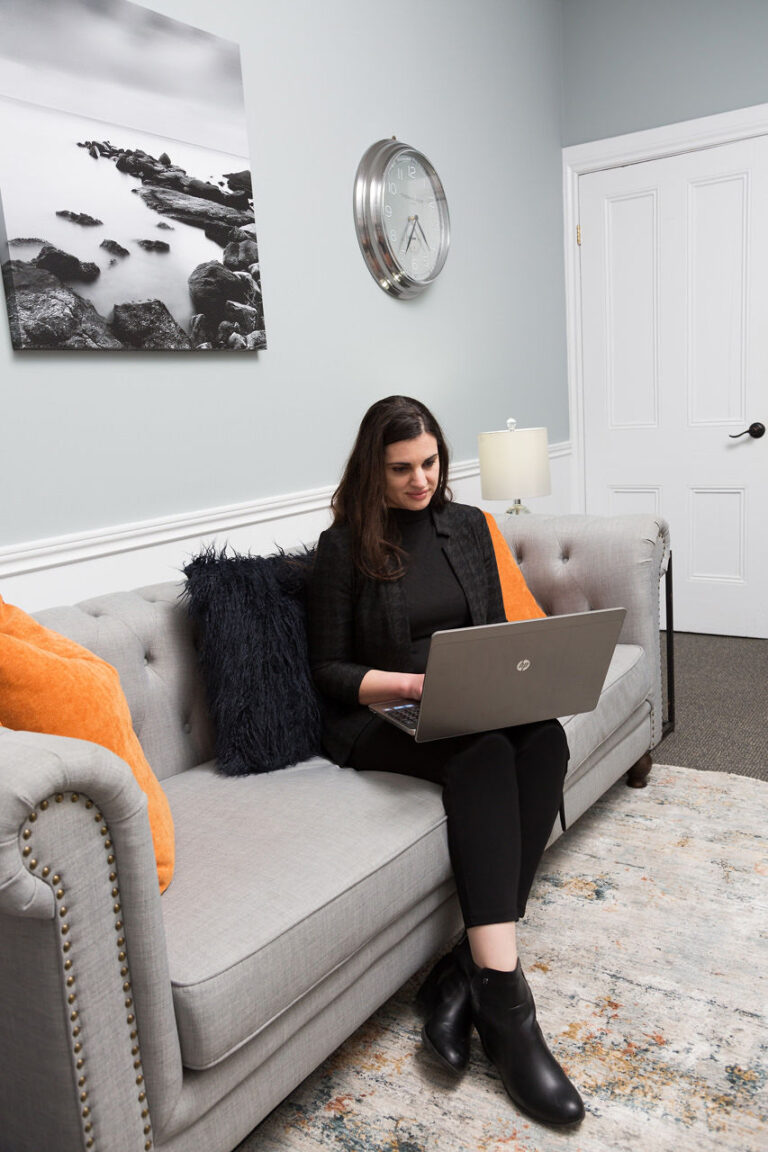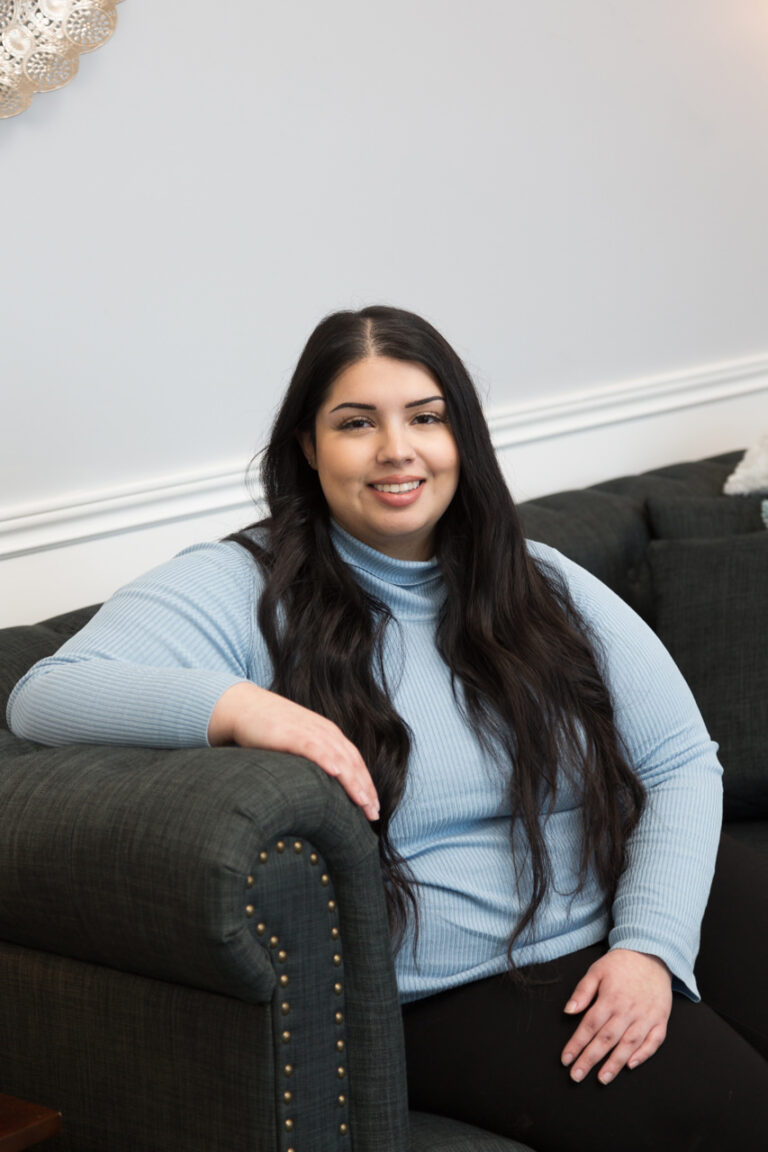5 Small Ways to Incorporate Mindfulness in Your Day to Day Life

Mindfulness is a long standing practice that has been used amongst a variety of cultures, and in recent years has become a hot topic in the mental health and holistic world. Whether you have heard about it at yoga, in therapy, or on social media, people are becoming more familiar with what mindfulness is and its benefits.
So what even is mindfulness? Mindfulness refers to the practice of being present in the moment, without judging or attaching yourself to what you are currently experiencing; including your mind, body and environment. Sounds like a basic premise, right? Well, it can actually be quite difficult for many people– especially North Americans, as we often find ourselves living a “nonstop” life with little time for pause or reflection. It can also be quite challenging for individuals dealing with mental health issues, where they find themselves to be “checked out”, or stuck consistently in the past or future.
For whatever reason you may be looking to incorporate mindfulness into your life, here are 5 small ways you can help make that change towards the betterment of your physical and mental health.
- Observe or describe exercise (level 1)
Give yourself anywhere from 30 seconds to a couple of minutes– as needed, to pay attention to your body, mind or surroundings. Observe what is going on around you or within yourself– and try not to judge or interpret anything from it. What do you see or feel (pay attention to your senses as well)? Simply notice what is happening, or even try describing what you are seeing or feeling.
Example: I am noticing I am in a room that has a lot of blue accents, with three lamps. It feels very soft and fluffy holding this pillow, and my back feels warm against this firm yet plush chair.
- Body scan (level 2)
As you did with the observe and describe exercise, implement a similar approach but towards your body. Start from your head and work your way down; from the head (notice here if your eyebrows and jaw are clenched) to the neck, shoulders (notice if shoulders are raised, hunched or tight), chest, back, hips, buttocks, thighs, calves, ankles, feet and toes. Notice what you feel with each body part, and adjust to help relieve any tension as well.
- Affirmations (level 3)
Think of 3-5 affirmations you want to tell yourself, to help you be more intentional with any goals or lifestyle changes you want to achieve. Start your morning or end your night by reading these affirmations to yourself. Be intentional and actively participate in the affirmation setting– meaning, read each affirmation slowly and without distraction, while you are in a comfortable and relaxed position. Closing your eyes and being in a quiet room while repeating the affirmations can be beneficial.
- Mindful eating (level 4)
Whenever you are eating, practice eating slowly and without distraction– while observing and describing your meal (temperatures, textures, taste). This will be most effective when you have more time to eat slowly in the day.
- Mindful Breathing and/or Meditation (level 5)
Using Youtube or apps like Insight timer or Headspace, give yourself a small amount of time each day to practice mindful breathing or mindful meditation. Mindful meditation will often include guided imagery or sounds to help gain attention from your senses, and mindful breathing will more closely follow your intentional connection to your body. Anywhere from 5 minutes to 30 minutes a day is a great start.
Resources
Apps: Insighttimer, Headspace, Mindfulness Coach
Books: Mindfulness on the go– Jan Chozen Bays





